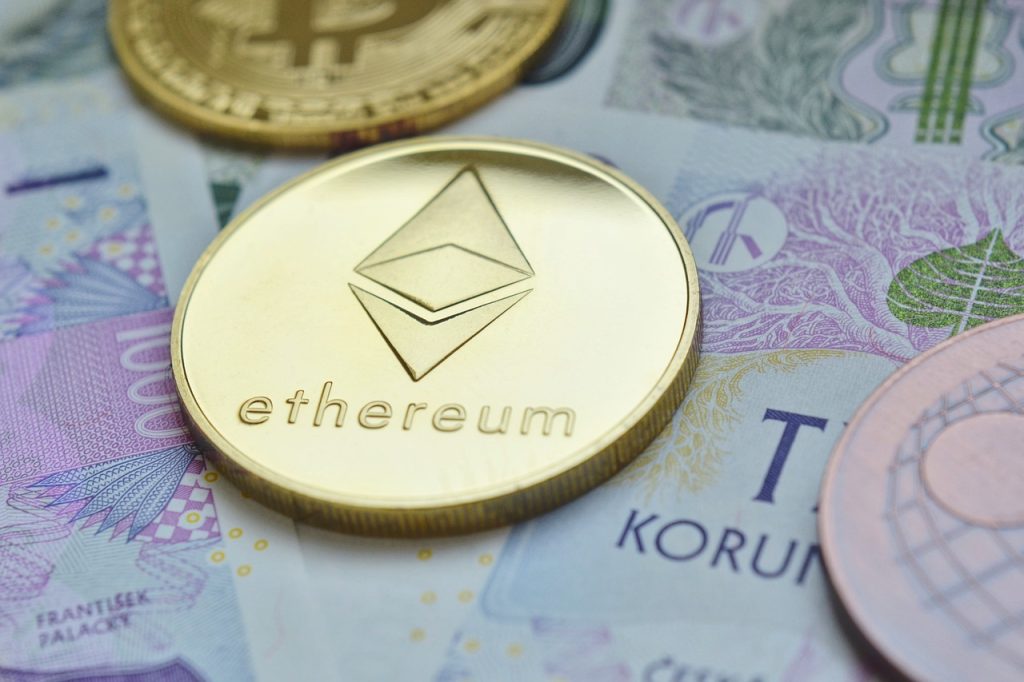Latest news about Bitcoin and all cryptocurrencies. Your daily crypto news habit.
- ETH staking yields have decreased from above 5% to 3.5% following the Shanghai upgrade, leading to questions about the causes behind this decline.
- The Ethereum staking ecosystem relies on validators who secure the network by verifying transactions and receiving rewards. The Shanghai upgrade allowed participants to withdraw staked Ether, offering more flexibility but impacting the market.
- Despite the dip in staking yields, Ethereum’s mainnet activity remained consistent in the third quarter, with increased rollup transactions, highlighting the network’s adaptability and resilience.
Recently, there has been a significant change in Ethereum staking, a process where people lock up their Ethereum (ETH) to support the network and, in return, earn rewards.

Claim up to $30,030 in Bonus
100x Leverage
Start TradingIt used to be a popular choice for investors due to the attractive yields it offered. However, things have shifted, and many are now wondering why.
The yields, which used to be above 5%, have dropped to 3.5%. This decline in earnings has left people questioning what’s causing it.
Ethereum staking revolves around validators. These validators are like the guardians of the Ethereum blockchain. They confirm and verify transactions, helping to keep the blockchain secure and trustworthy.
In return for their work, they lock up a certain amount of ETH and receive rewards. This is how Ethereum staking works. A significant milestone in Ethereum staking was the Shanghai upgrade.
This upgrade allowed participants to withdraw their staked Ether for the first time. While it gave stakers more flexibility, it also had consequences for the market.
The yield on staked Ether serves as a crucial benchmark for the wider cryptocurrency ecosystem. It’s a reference point against which other crypto investments are measured.
This benchmark is highly influential, affecting investor choices and market sentiment. So, when Ethereum staking yields drop, it can send ripples through the entire crypto world.

Outlook for Staking Yields and Ethereum’s (ETH) Future
With the Ethereum validator queue operating at peak capacity in recent times, the decrease in staking yields was somewhat inevitable. The slowdown in the growth of validator numbers has contributed to a more stable staking yield environment.
Currently, FTX proposes customer fund return plan, potentially returning up to 90% of funds. Read here.

Claim up to $30,030 in Bonus
100x Leverage
Start TradingAs a result, investors and stakeholders may prepare for a relatively steady trajectory in yields, unless unforeseen developments occur.
While staking yields have seen a dip, the overall activity on the Ethereum mainnet remained fairly consistent during the third quarter. This resilience reflects the strength of Ethereum’s ecosystem and the sustained interest from users. Additionally, there was a noticeable increase in the total number of rollup transactions.
Looking forward, it’s important to note that there won’t be any major Ethereum protocol upgrades until the anticipated Dencun upgrade in the first half of 2024.
This upgrade includes five Ethereum Improvement Proposals (EIPs) aimed at enhancing the network’s capabilities.
Enhance Your Crypto Trading Skills With Our Legends’ Trading Masterclass
Empower your crypto trading skills with our Legends Masterclass. Sign up now and take advantage of our limited-time discount offer! Join the class today.

The additional EIPs that have been included are as follows: EIP-1153: Aiming to lower fees for on-chain data storage EIP-4788: Focused on enhancing bridge and staking pool designs EIP-5656: Involves minor code adjustments related to the Ethereum Virtual Machine. EIP-6780: Designed to eliminate code that could potentially terminate smart contracts.
Although this upgrade may not have an immediate impact on on-chain activity, it underscores Ethereum’s commitment to ongoing improvement.
The post ETH Staking Demand Has Plummeted After Shanghai Upgrade: Report appeared first on Bitcoinsensus.
Disclaimer
The views and opinions expressed in this article are solely those of the authors and do not reflect the views of Bitcoin Insider. Every investment and trading move involves risk - this is especially true for cryptocurrencies given their volatility. We strongly advise our readers to conduct their own research when making a decision.